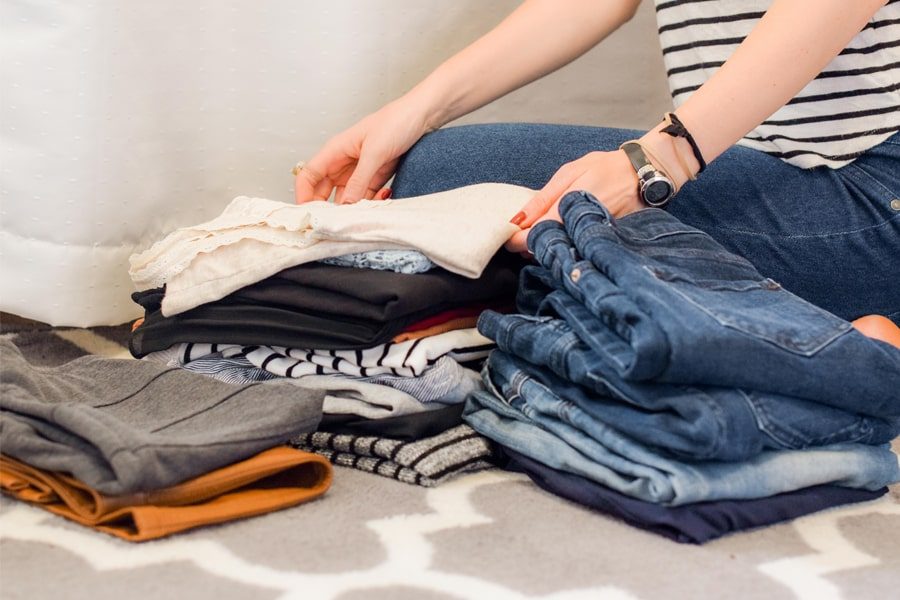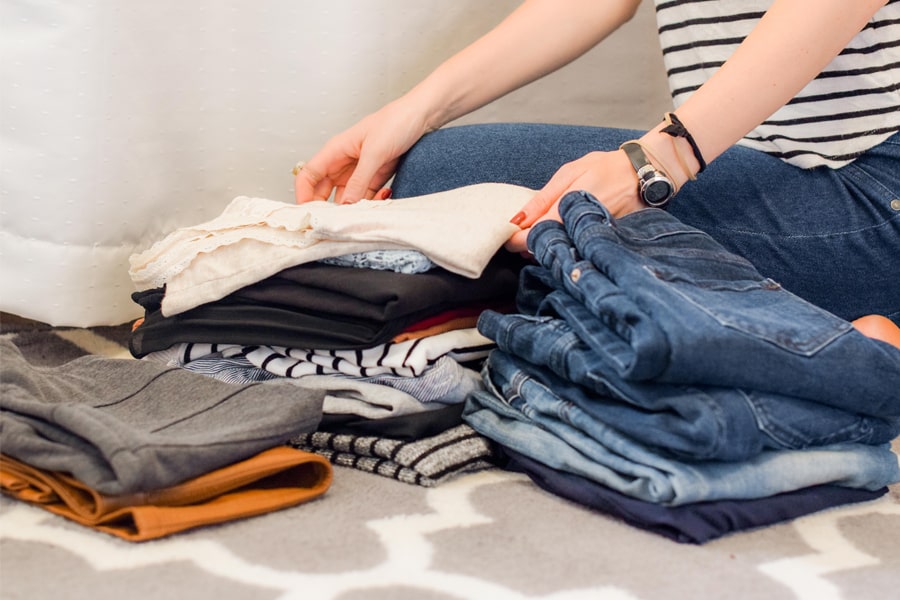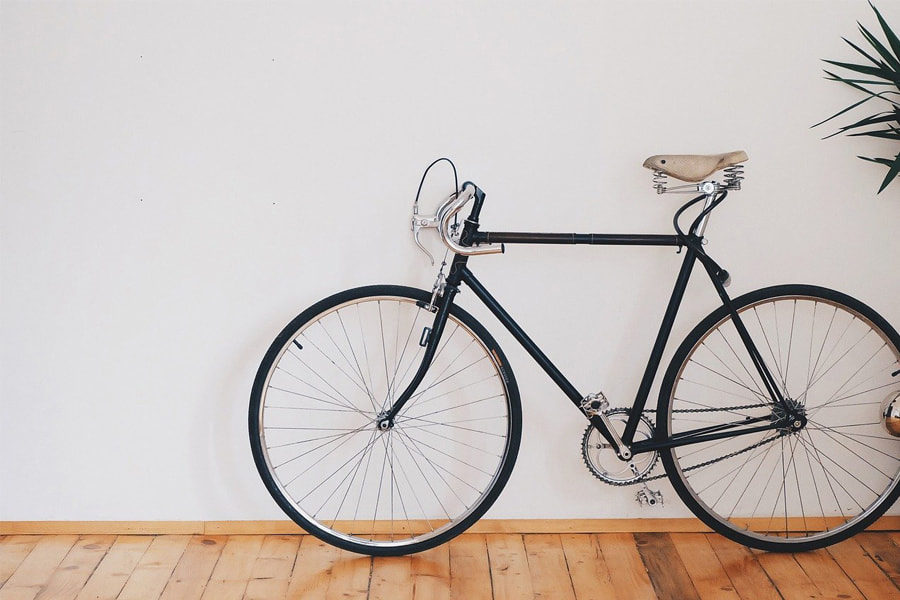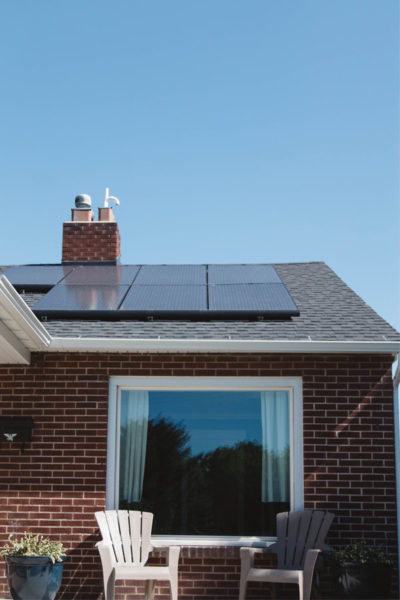
For all of us, who are living in the 21st century, it is important to have a washing machine. It has become one of the most essential home tools too. With the current busy lifestyle, if you do not have a washing machine for your use, it could potentially be a big problem for you. Sometimes, you would be having a washing machine by now. Also maybe you do not have one currently and you need to go for one. Maybe your washing machine is faulty and you need to go for one. Or else, you want an upgrade for your washing machine. Whatever the case is, we are going to tell you about buying the right washing machine in this article. We are also suggesting a product that we think would be ideal for your use.
History of the Washing Machine
Before telling you about buying the right washing machine, having a general idea of the history of the washing machine would probably be worth it. There were going to be some big changes. In the years following WWII, washing machines, like many other kitchen equipment, were more commonly available. And in the 1920s, however, one of the first “tvättstugas” (free community laundries) was established in Stockholm. In the decades after that, it became increasingly typical for such a laundry to be integrated into the design of a new residential tower. Electrolux bought Bohus Mekaniska Verkstad in 1944 and entered the industrial washing machine business. But only 8% of Swedish homes had access to a common laundry in 1950.
Professor Hans Rosling, a prominent Swedish medical doctor, scholar, and public speaker, has said that the washing machine was the greatest innovation of the industrial revolution because it allowed women to change a tedious wash day into a reading day.
Things to consider when Buying the Right Washing Machine?
If you want to buy a washing machine, firstly you need to figure out what you need and what kind of machines are available. So, before you go out and buy a washer, here are some things you should know about the machine you are about to buy.
Is the machine semi-automatic or fully automatic? This will be determined by your requirements and financial constraints. Many fully automatic washing machines include many programs for various washes, such as delicate wash or wool wash. Some of them may be customized, and you can even store your preferred settings so you can access them quickly. The spin cycle, which is measured in revolutions per minute (rpm), is significant depending on the fabric and the kind of items you wish to wash. Delicates should only be spun at 300-500 rpm, while more durable things can be spun at 1000 RPM. How effective is your washing machine at conserving energy and water? After all, a cost-effective washing machine saves money in the long term.
Top-loading washing machines are typically narrower than front-loading fully automated washers. Do you have to store your washing machine in a confined space? Or, alternatively, can you afford the extra room and require a larger washing machine to accommodate larger loads, which leads us to the following topic. In comparison to a person with a small family or a single person, if you have a large family, you will want a washing machine that can handle larger loads. But if you have a hectic schedule and do not have time to hang your clothes out to dry, a washing machine with an integrated dryer may be a good alternative for you.
Wash Cycles of a Washing Machine
Firstly, getting to know the wash cycles of a washing machine is as important as knowing about buying the right washing machine. So, we thought of enlightening you on this as well. Here they are.
- Washing
- Rinsing
- Spinning
- Maintenance wash
You would probably like to know about these wash cycles in detail. But no need to worry at all, we got you covered.
1. Washing
Internal electrical heating components in many front-loading machines heat the wash water to near-boiling temperatures if needed. According to the Arrhenius equation, the rate of the chemical cleaning action of detergent and other laundry chemicals increases dramatically with temperature. In addition, special detergents engineered to release various chemical compounds at different temperatures can be used in washing machines with internal heaters, allowing different sorts of stains and soils to be removed from garments as the wash water is heated up by the electrical heater.
Higher-temperature washing, on the other hand, consumes more energy and damages many materials and elastics. When employing biological detergent, temperatures above 40 °C (104 °F) have the unfavorable consequence of inactivating the enzymes. Many machines are cold-fill, meaning they only have access to cold water that they must heat to working temperature. A cold-fill process is inefficient when water can be heated more cheaply or with less carbon dioxide emissions than electricity. Because the tumbling movement of the drum folds air into the laundry load, excessive suds and overflows can occur in front-loaders, low-sudsing detergents are required. However, because of the effective use of water and detergent in front-loaders, the suds problem may be managed by simply using less soap without sacrificing cleaning action.
2. Rinsing
After the primary wash, washing machines rinse numerous times to remove the majority of the detergent. Due to environmental considerations, modern washing machines use less water; nonetheless, many washing machines on the market have poor rinsing, which can be an issue for persons who are sensitive to detergents. Rerun the rinse cycle or the complete wash cycle without detergent. Additional rinse cycles are available on many washing machines, but they consume more water and take longer to complete.
3. Spinning
Larger tub diameters and higher spin rates remove more water, resulting in faster drying. However, you can avoid ironing by not utilizing the washing machine’s spin cycle. If garments are dried in a hot clothes dryer after they have been washed and spun, energy consumption is lowered. Faster spinning, on the other hand, might cause more creases in your garments. Furthermore, bearing mechanical wear increases fast with rotating speed, limiting bearing life. Early machines spun at 300 rpm and shook and vibrated a lot due to the lack of mechanical suspension. The majority of machines nowadays rotate at 1000-1600 RPM. In addition, depending on the equipment, most machines have variable speeds ranging from 300 to 2000 RPM.
4. Maintenance wash
Many household washing machines have a plastic outer shell to retain the wash water rather than a metal one; residue can build up on the plastic tub over time. Moreover, some manufacturers recommend that consumers take a regular maintenance or “freshening” wash to properly clean the interior of the washing machine of mold, germs, encrusted detergent, and unidentified grime.
About the Product
In this article, we told you a lot about buying the right washing machine. However, we also thought of suggesting you something. We really think that this is a great pick for you to go for. Here’s why.
This clothes washer is small but strong, making it ideal for camping vacations, RVs, flats, boats, and dormitories. It can be conveniently packed or transported in tiny locations, and it comes with a drain hose and sink adaptor. This top-loading portable washer machine (17.7 x 18.1 x 31.5 in.) features a.9 cu. ft. tub that washes up to 6,6 lbs. of clothes in 19-52 minutes and includes an easy-to-use LED digital display panel and a transparent top window. After all, Heavy, Gentle, Normal, Rapid, and Soak cycles will meet all of your washing demands. With the touch of a button, you can control the Wash, Rinse, and Spin cycles. You may also change the water level depending on the size of the load.
However, this washing machine can only handle cold water. Also it comes with a built-in lint filter that does not need to be updated; simply clean it once a month. I is exclusively for use with high-efficiency (HE) detergents. Glass is the most common door material. Moreover, this washer boasts an automated unbalance detecting technology that corrects an imbalance in the tub automatically to minimize irritating vibrations if the laundry within the stainless steel tub is not spread evenly.
Technical Details
Before we conclude, we believe that enlightening you with technical details would be important. That is why we brought this section to you.
| Brand Name | BLACK+DECKER |
| Model Info | BPWM09W |
| Item Weight | 44.1 pounds |
| Product Dimensions | 17.7 x 18.1 x 31.5 inches |
| Country of Origin | China |
| Item model number | BPWM09W |
| Is Discontinued By Manufacturer | No |
| Efficiency | High Efficiency, Energy Efficiency |
| Capacity | 0.9 Cubic Feet |
| Part Number | BPWM09W |
| Standard Cycles | 5 |
| Access Location | Top Load |
| Batteries Included? | No |
| Batteries Required? | No |
Conclusion
This article focused on buying the right washing machine. Meanwhile, we also suggested a good washing machine to you. Finally, we hope that you found this article informative and useful.




